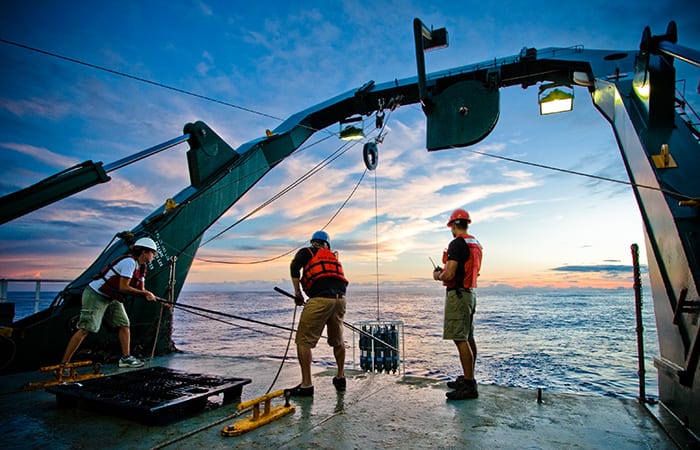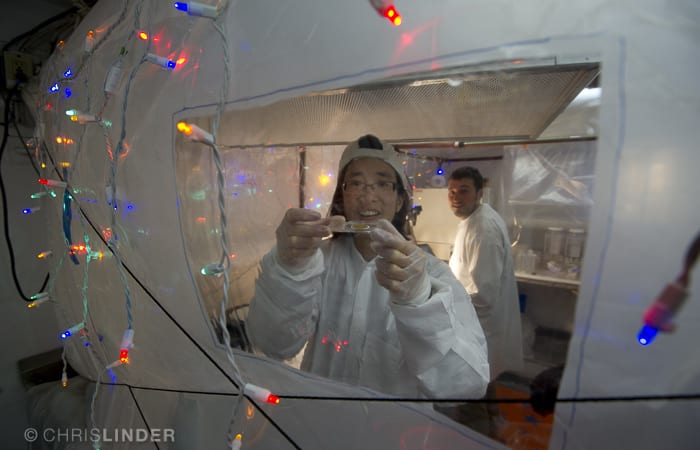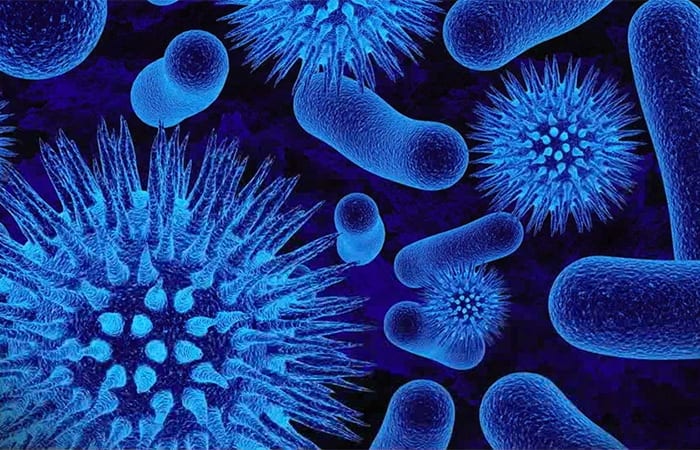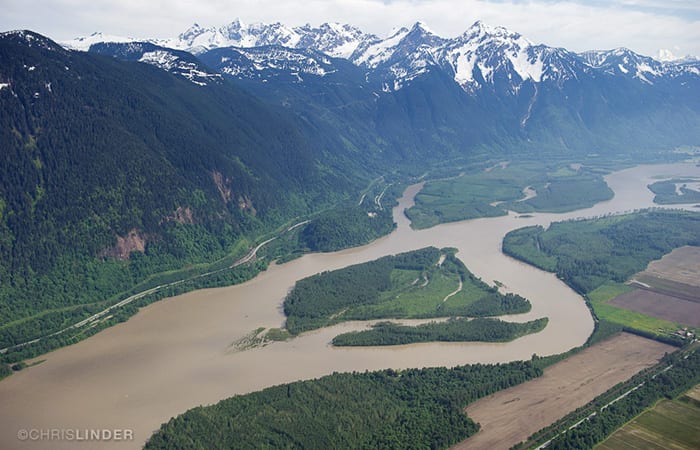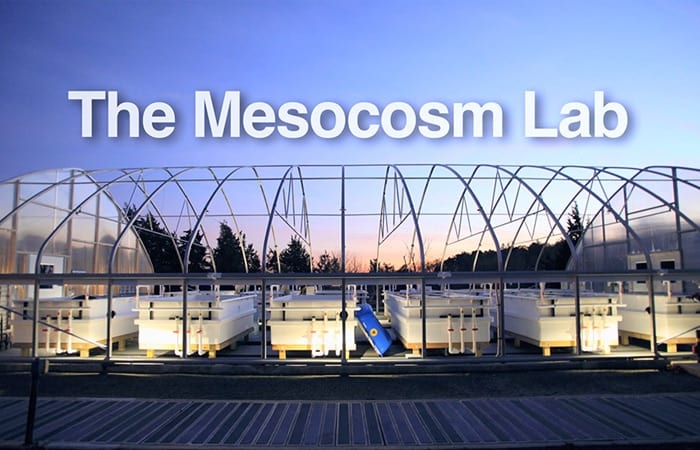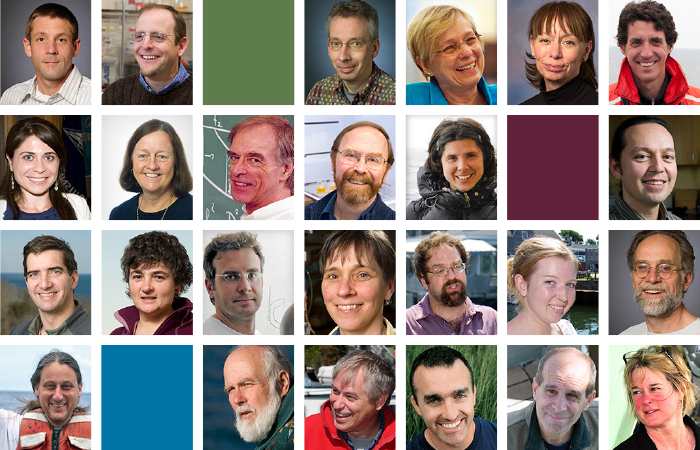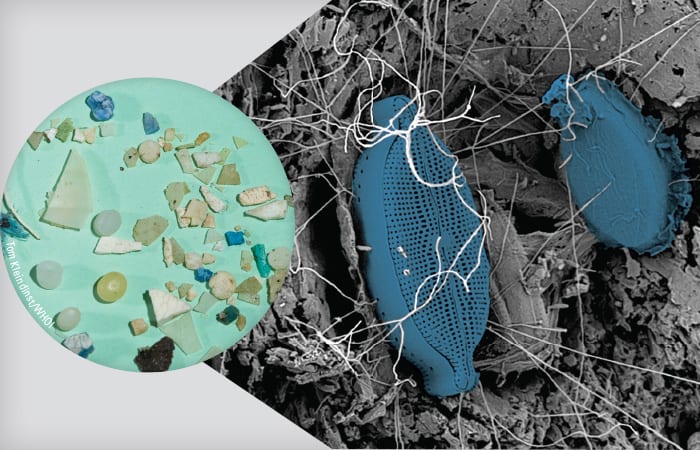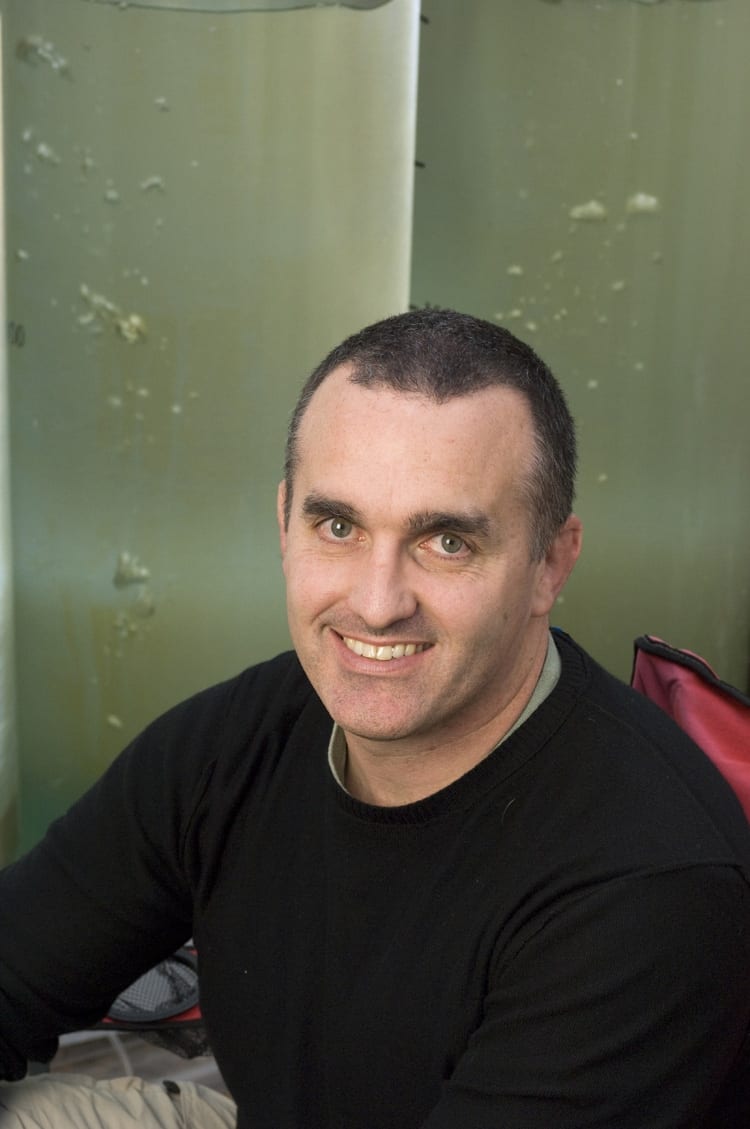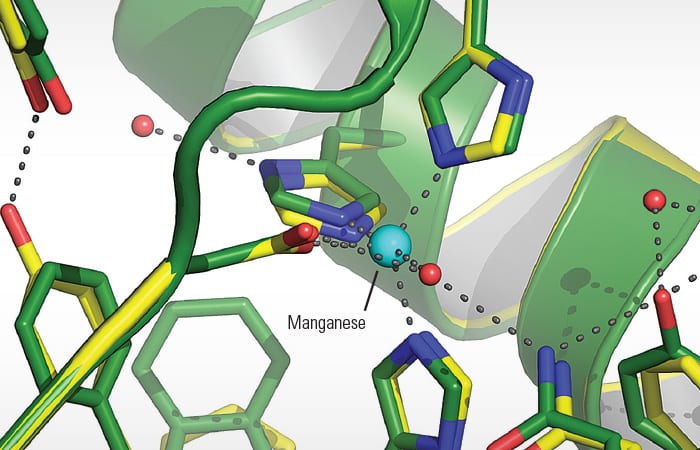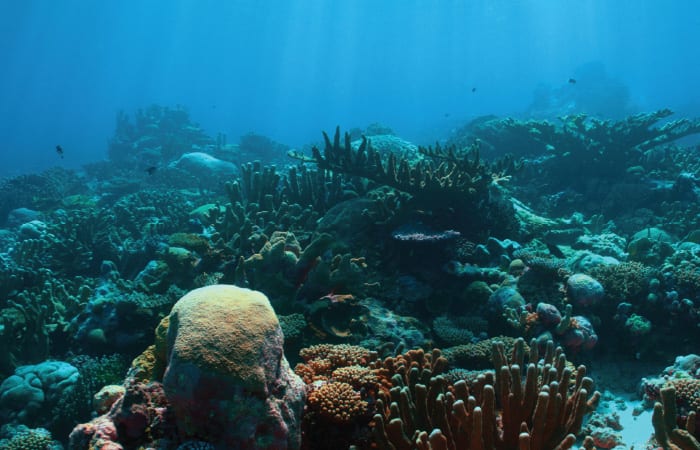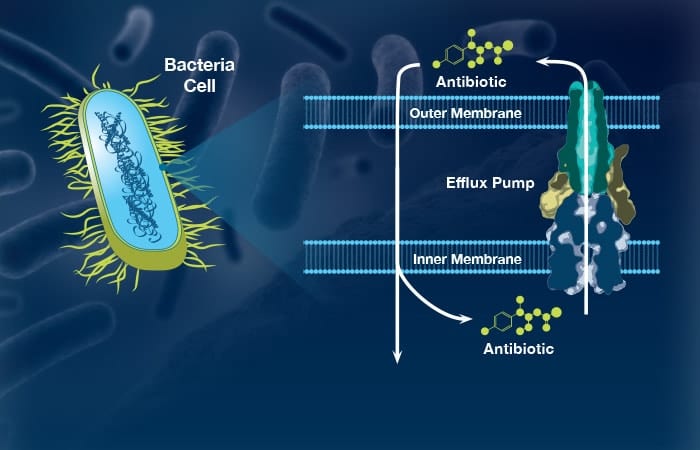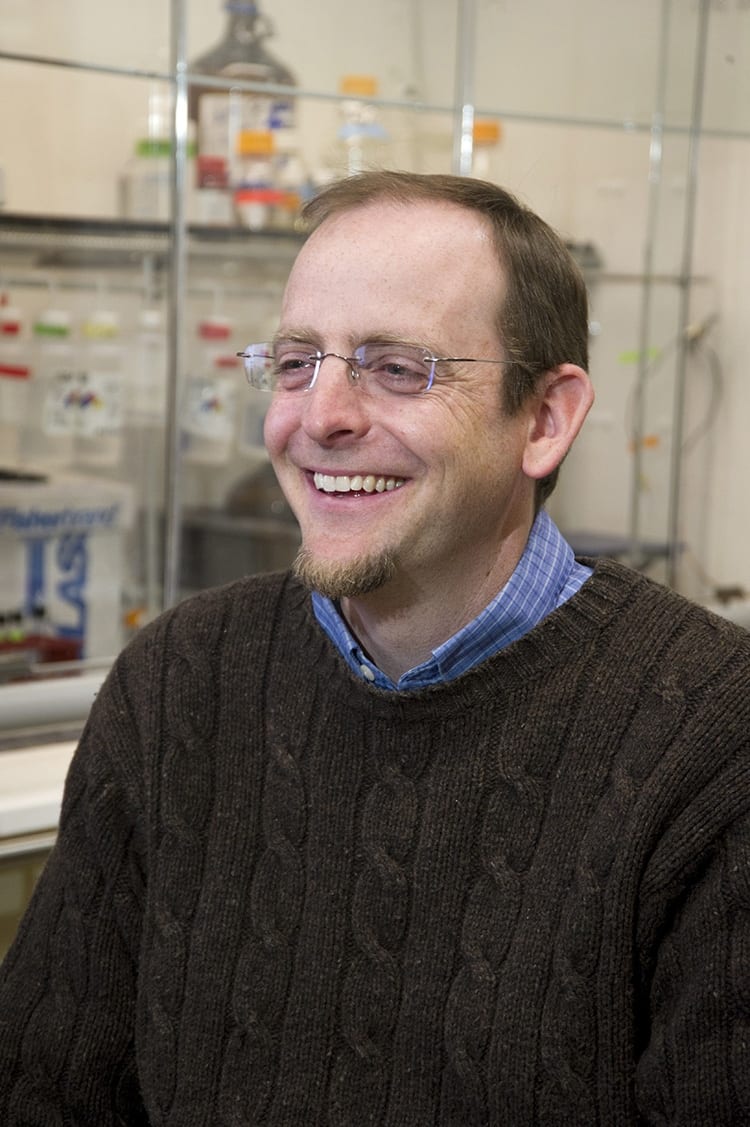Marine Chemistry & Geochemistry
Proteomics Reveals Ocean’s Inner Workings
In a new study, WHOI scientists have demonstrated how the emerging biomedical technique of measuring proteins—a field called proteomics—can be applied to the ocean to reveal the inner biochemical workings of microbial life and ocean ecosystems.
Read MoreScientists Apply Biomedical Technique to Reveal Changes Within the Body of the Ocean
For decades, medical researchers have sought new methods to diagnose how different types of cells and systems in the body are functioning. Now scientists have adapted an emerging biomedical technique…
Read MoreWHOI Scientists Receive $1 Million Grant from MacArthur Foundation
Rapid climate change and an increasing range of climate impacts are already being felt along our coasts, and new research suggests that U.S. Northeast coastal waters may be more vulnerable…
Read MoreMercury in the Global Ocean
Although the days of odd behavior among hat makers are a thing of the past, the dangers mercury poses to humans and the environment persist today. Mercury is a naturally…
Read MoreDispersant from Deepwater Horizon Spill Found to Persist in the Environment
A new study by scientists at Haverford College and Woods Hole Oceanographic Institution (WHOI) has found that the dispersant compound DOSS, which decreases the size of oil droplets and hampers the formation of large oil slicks, remains associated with oil and can persist in the environment for up to four years.
Read MoreUncovering the Ocean’s Biological Pump
Dan Ohnemus clearly remembers the highlight of his fourth-grade class in Bourne, Mass. He and his classmates made a satellite call to scientists at Woods Hole Oceanographic Institution (WHOI) who…
Read MoreDrug Discovery in the Ocean
WHOI scientists are investigating a wide range of unexplored microbes that produce chemicals with potential therapeutic value.
Read MoreStudy Tests Theory that Life Originated at Deep Sea Vents
One of the greatest mysteries facing humans is how life originated on Earth. Scientists have determined approximately when life began (roughly 3.8 billion years ago), but there is still intense debate about exactly how life began. One possibility – that simple metabolic reactions emerged near ancient seafloor hot springs, enabling the leap from a non-living to a living world – has grown in popularity in the last two decades.
Recent research by geochemists Eoghan Reeves, Jeff Seewald, and Jill McDermott at Woods Hole Oceanographic Institution (WHOI) is the first to test a fundamental assumption of this ‘metabolism first’ hypothesis, and finds that it may not have been as easy as previously assumed. Instead, their findings could provide a focus for the search for life on other planets. The work is published in Proceedings of the National Academy of Science.
Read MoreOf The River and Time
The Fraser River in western Canada is flowing with tiny time capsules. Inside them is a fascinating history of Earth’s landscape and climate. For the past four years, I have…
Read MoreThe Mesocosm Lab
A mesocosm is an ecosystem in miniature, providing a useful middle ground between an indoor lab and the great outdoors.
Read MoreCoral Reefs in Palau Surprisingly Resistant to Naturally Acidified Waters
Ocean researchers working on the coral reefs of Palau in 2011 and 2012 made two unexpected discoveries that could provide insight into corals’ resistance and resilience to ocean acidification and to aid in the creation of a plan to protect them.
Read MoreHow Radioactive is Our Ocean?
Woods Hole Oceanographic Institution (WHOI) marine chemist Ken Buesseler began sampling and analyzing seawater surrounding the Fukushima Dai-ichi nuclear power plant three months after the 2011 disaster. Today, he launched…
Read MoreWHOI Scientists Garner Awards in 2013
As the year 2013 ends, we profile scientists who recently received awards and recognition for their work.
Read MoreBehold the ‘Plastisphere’
Plastic debris provides living space for a variety of marine microbes.
Read MoreReddy Selected for C.C. Patterson Award
Marine geochemist Chris Reddy has been selected to receive the 2014 Clair C. Patterson Award from the Geochemical Society for his analytical and scientific contributions to organic geochemistry. The C.C.…
Read MoreAn Oddity about Lyme Disease Bacteria
The bacterial species that causes Lyme disease avoids a key human defense by not requiring iron. For a WHOI microbial chemist, that raised a big question: What does it use instead of iron?
Read MoreCorals’ Indispensable Bacterial Buddies
Coral reefs, like human beings, may be superorganisms that depend on communities of microbes living within and around them for their survival.
Read MoreMining Marine Microbes for New Drugs
The ocean is a combat zone where marine microbes are constantly making chemical compounds to kill competitors or protect themselves. Could some of those compounds lead to pharmaceuticals that could help people?
Read MoreDoney receives A.G. Huntsman Award for Excellence in Marine Science
WHOI Senior Scientist Scott Doney has been awarded the 2013 A.G. Huntsman Award for Excellence in Marine Science. He will receive the award later this year at the Bedford Institute…
Read MoreNewly discovered ocean plume could be major source of iron
Scientists have discovered a vast plume of iron and other micronutrients more than 1,000 km long billowing from hydrothermal vents in the South Atlantic Ocean. The finding, published online Aug.…
Read MoreWHOI Announces 2013 Ocean Science Journalism Fellows
Ten science reporters, writers, and multimedia journalists from the U.S., Canada, and India have been selected to participate in the competitive Woods Hole Oceanographic Institution (WHOI) Ocean Science Journalism Fellowship…
Read MoreCorals cozy up with bacterial buddies
Corals may let certain bacteria get under its skin, according to a new study by researchers at Woods Hole Oceanographic Institution (WHOI) and King Abdullah University of Science and Technology…
Read MoreScientists Discover Thriving Colonies of Microbes in Ocean ‘Plastisphere’
Scientists have discovered a diverse multitude of microbes colonizing and thriving on flecks of plastic that have polluted the oceans—a vast new human-made flotilla of microbial communities that they have…
Read MoreVan Mooy awarded fellowship at Southampton, U.K.
Woods Hole Oceanographic Institution (WHOI) biochemist Benjamin Van Mooy has been awarded one of two inaugural fellowships at the University of Southampton in England. The Diamond Jubilee International Visiting Fellowship…
Read More
